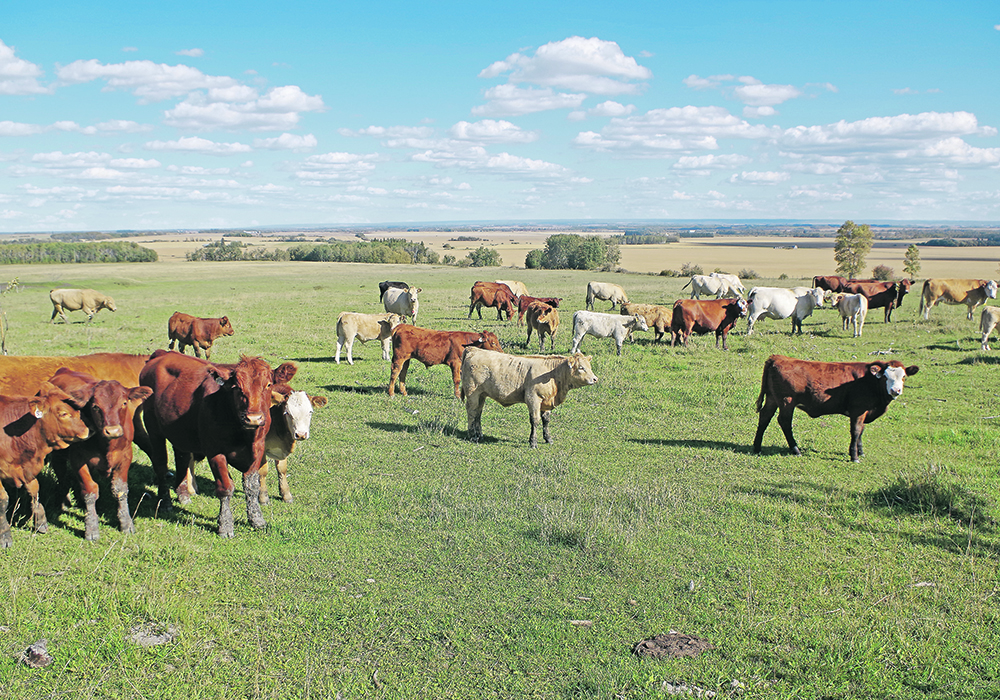The new research position will connect several disciplines, including soils, plants, animals, economics and ecosystems
The international search is on to fill a new Beef Industry Integrated Forage Management and Utilization Chair at the University of Saskatchewan.
The long-awaited professorship is expected to be filled by next year’s growing season and will connect several disciplines at the university.
The study of soils, plants, animals, economics and ecosystems will focus on addressing the concerns producers have regarding expanded forage management information.
“There’s this need for somebody who has a complete big picture understanding of forage systems and how they’re managed at that animal-plant interface, how they grow as well as the animals, and what grazing and management strategies you can use to optimize the whole system, including the health and productivity of the animals, as well as the health and productivity of that pasture that sustains them,” said Angela Bedard-Haughn, dean of the College of Agriculture and Bioresources at the U of S.
Read Also

Beef check-off collection system aligns across the country
A single and aligned check-off collection system based on where producers live makes the system equal said Chad Ross, Saskatchewan Cattle Association chair.
Industry group contributions include $2.5 million from the Beef Cattle Research Council and $1 million from the Saskatchewan Cattlemen’s Association.
The federal and Saskatchewan governments also plan to invest $750,000 through the Canadian Agricultural Partnership, while the Global Institute for Food Security will provide $320,000.
“Real credit for this goes to industry for investing in what they think is a really important area for more research,” said Bedard-Haughn.
Ryder Lee, chief executive officer of the Saskatchewan Cattlemen’s Association, said the project has been sought for some time, so seeing it announced was gratifying.
“It’s new and added research capacity that’s going to focus on how do we make the most of our forage production in Saskatchewan and how we utilize that in the beef industry. How can we do better with what we grow and how we feed it?” he said.
According to a U of S statement, a 2012 assessment concluded lack of research and development investment in the Canadian forage industry meant advances in forage had not kept pace with developments in other crops. The beef and cattle industry is increasingly seeing forages as a high-value feed source.
Forage crops are also being recognized for the role they have in carbon sequestration, nutrient cycling, supporting wildlife habitat and biodiversity.
The value of these environmental and ecological benefits will improve the economic impact of forages, said Lee.
The new research chair will be located in the university’s College of Agriculture and Bioresources, as a joint appointment between the Department of Plant Sciences and Department of Animal and Poultry Science.
Bedard-Haughn said the new position will fill the remaining gap on a multidisciplinary team of forage breeding and beef production.
“We’re going to get a really good comprehensive look at how to optimize these forage resources. Most of this forage, the tame and native pastures, are here in Western Canada, so it’ll be great to have somebody who can really help us take our management of these systems to the next level,” she said.


















